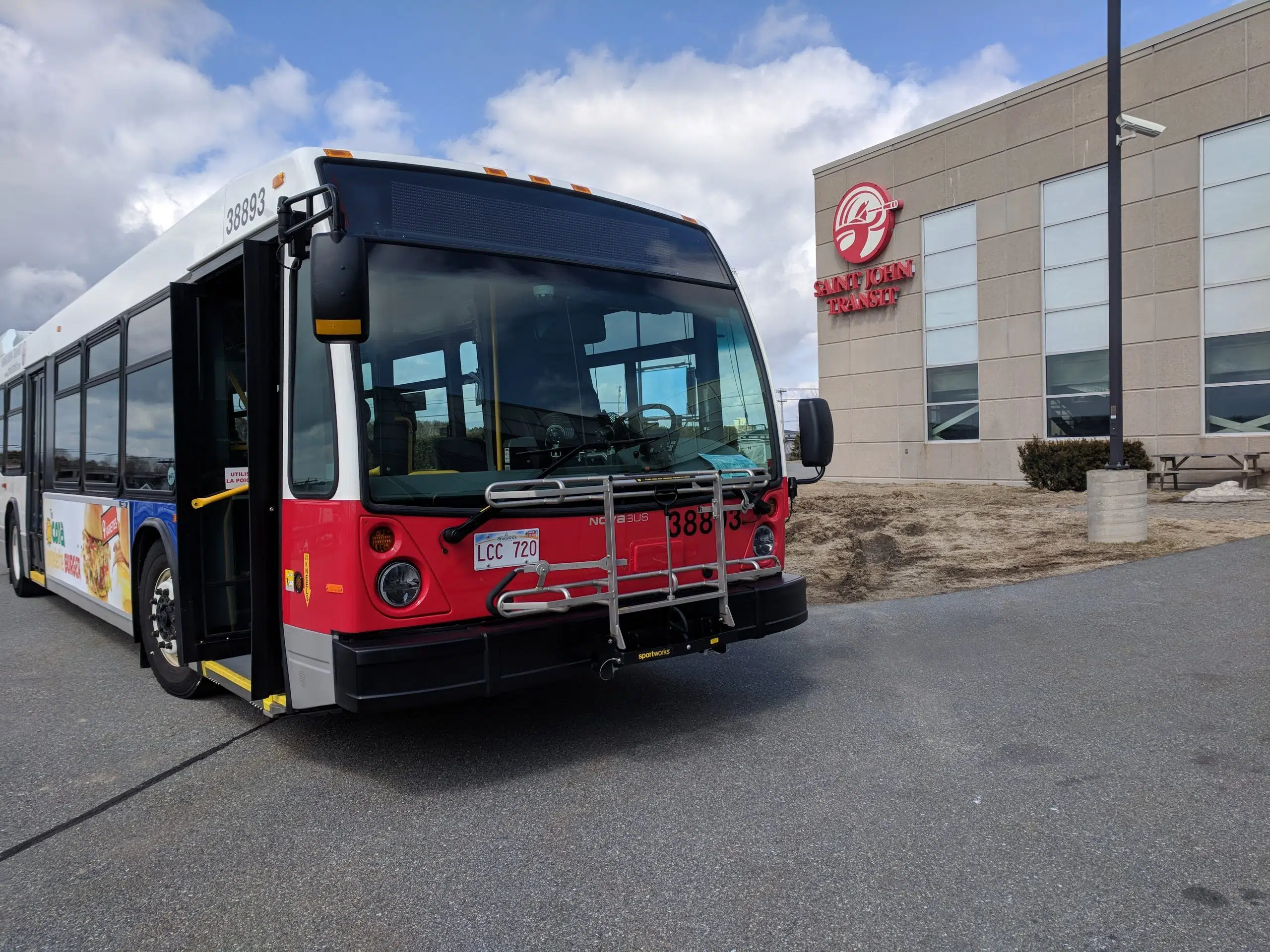Route changes and layoffs are coming at Saint John Transit as the commission struggles amid the pandemic.
The commission unveiled its plans to Common Council during Monday night’s council meeting.
Some lesser-used routes will be scaled back and as many as 19 employees will be laid off over the coming weeks.
Marc Dionne, the interim CEO of Saint John Transit, said fare suspensions and passenger restrictions have directly impacted their financial health.
“Those are two big things that, in essence, have curtailed the Saint John Transit’s revenue collection. That amounts to close to $360,000 per month,” said Dionne.
Saint John Transit has limited seating on its buses to nine passengers at a time to comply with physical distancing requirements. It has also asked passengers to enter and exit the bus via the rear door, preventing them from being able to collect fares.
Transit staff have begun installing plexiglass barriers on their buses to reduce the risk for drivers. Starting Tuesday, buses which have the barriers installed will begin collecting fares. The remaining buses will have the barriers installed and resume fare collection over the coming weeks.
Dionne said if changes are not made, their deficit could grow by around $2.8 million by the end of the year.
City manager John Collin said city staff are fully supportive of the commission’s plan to scale back routes and layoff some staff.
“Workforce adjustments will take some time, but even by going to reduced service levels now, we begin to save on fuel and maintenance costs, even though we may not save on workforce in the first 30 days,” said Collin.
The transit union’s collective agreement requires a 30-day notice of any layoffs.
Commission members estimate salaries and benefits will be reduced by $120,000 a month while fuel consumption will decrease by around $14,000 a month.
More details of the revised route plan are expected to be released in the near future, but the commission has said it would “closely mirror a regular Saturday schedule,” reducing runs and frequency for some routes while maintaining service for higher demand routes.




